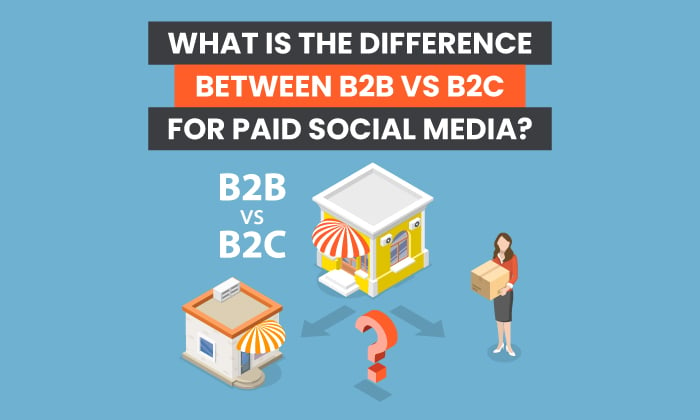Google Ads Update: New Brand Controls For Search & Performance Max Campaigns via @sejournal, @MattGSouthern
Google Ads launches brand restrictions in Search campaigns and brand exclusions in Performance Max to give advertisers greater control over ad placement. The post Google Ads Update: New Brand Controls For Search & Performance Max Campaigns appeared first on...

As AI technology plays an increasingly significant role in advertising, Google recognizes that brands need more control over where their ads appear.
To address that challenge, Google Ads is launching two new options:
Brand restrictions for broad match keywords in Search campaigns Brand exclusions in Performance Max campaigns.Brand Restrictions In Search Campaigns
Broad keyword match types paired with Google’s Smart Bidding algorithms can help ads reach a relevant audience and generate conversions.
However, some advertisers struggle to use broad match for their brand name campaigns to avoid non-brand-related traffic and clicks.
To assist advertisers, Google is launching brand keyword restrictions for broad match globally.
This feature will allow advertisers to set brand terms as broad match keywords but restrict them only to show ads for searches that include the brand name.
This enables the ads to reach more people and improve performance while meeting brand guidelines.
Brand Exclusions In Performance Max Campaigns
Google previously announced that Performance Max campaigns would have the ability to exclude specific brands.
After testing the feature, Google is making it available to all advertisers.
Brand exclusions allow advertisers to opt out of having their ads appear on certain brands’ Search and Shopping inventory.
Advertisers can block specific brand names from showing their ads. Additionally, they can block misspellings of their brand name or brand names in other languages, or exclude competitors’ brand names.
Google Ads provides an extensive list of major brands that advertisers can choose to exclude, and advertisers can request that Google add any brands missing from that list.
Blocking these irrelevant brands helps ensure that ads are shown for only the most relevant searches.
Different From Negative Keywords
You may be wondering how brand exclusions differ from negative keywords.
Brand exclusions and negative keywords are tools advertisers use to control ad placement, but they work differently for different purposes.
Brand exclusions prevent ads from appearing on specific sites or apps, while negative keywords prevent ads from appearing alongside particular search terms or phrases.
Although they both assist advertisers in limiting where their ads are displayed, they operate in unique ways and serve separate functions.
For more on these features and how to use them, see Google’s help page.
Featured Image: IB Photography/Shutterstock

 MikeTyes
MikeTyes 
































